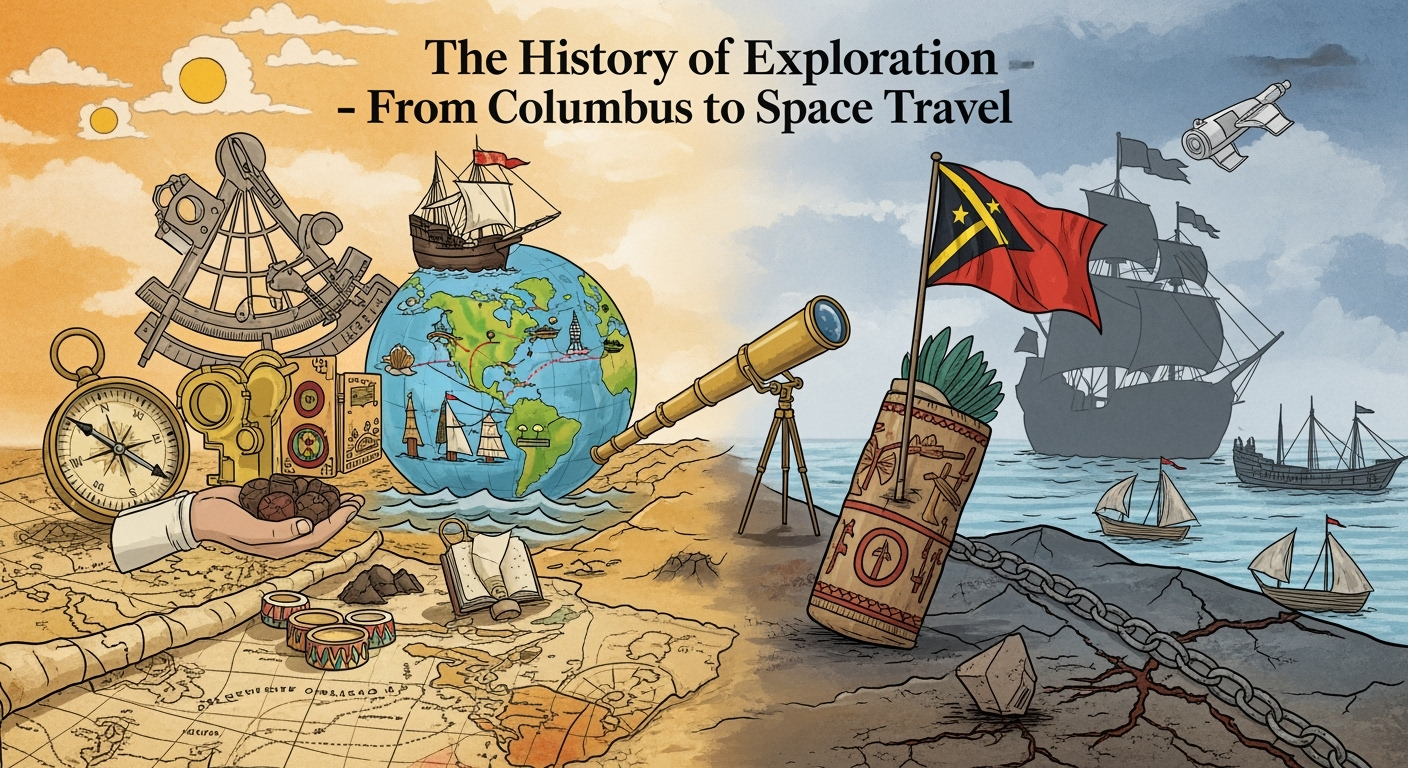The History of Exploration- From Columbus to Space Travel
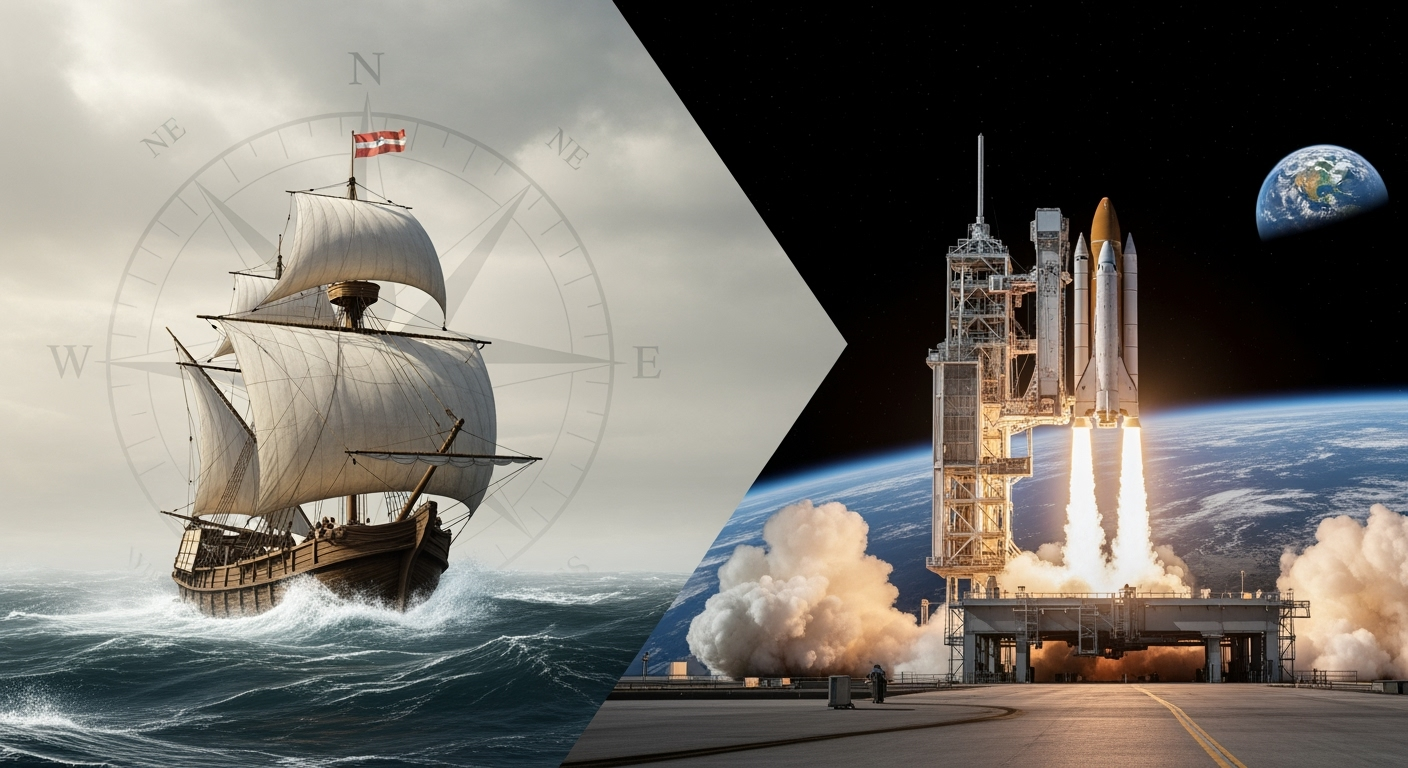
The History of Exploration: From Columbus to Space Travel
From the moment early humans first ventured beyond familiar valleys in search of food or shelter, the spirit of exploration has shaped the course of history. The urge to see what lies beyond the horizon is one of humanity’s defining traits. Over centuries, this drive carried explorers across uncharted seas, through jungles and deserts, into the skies, and eventually beyond the Earth itself. The history of exploration is not just about geography. It is also a story of ambition, technology, risk, and the endless pursuit of knowledge.
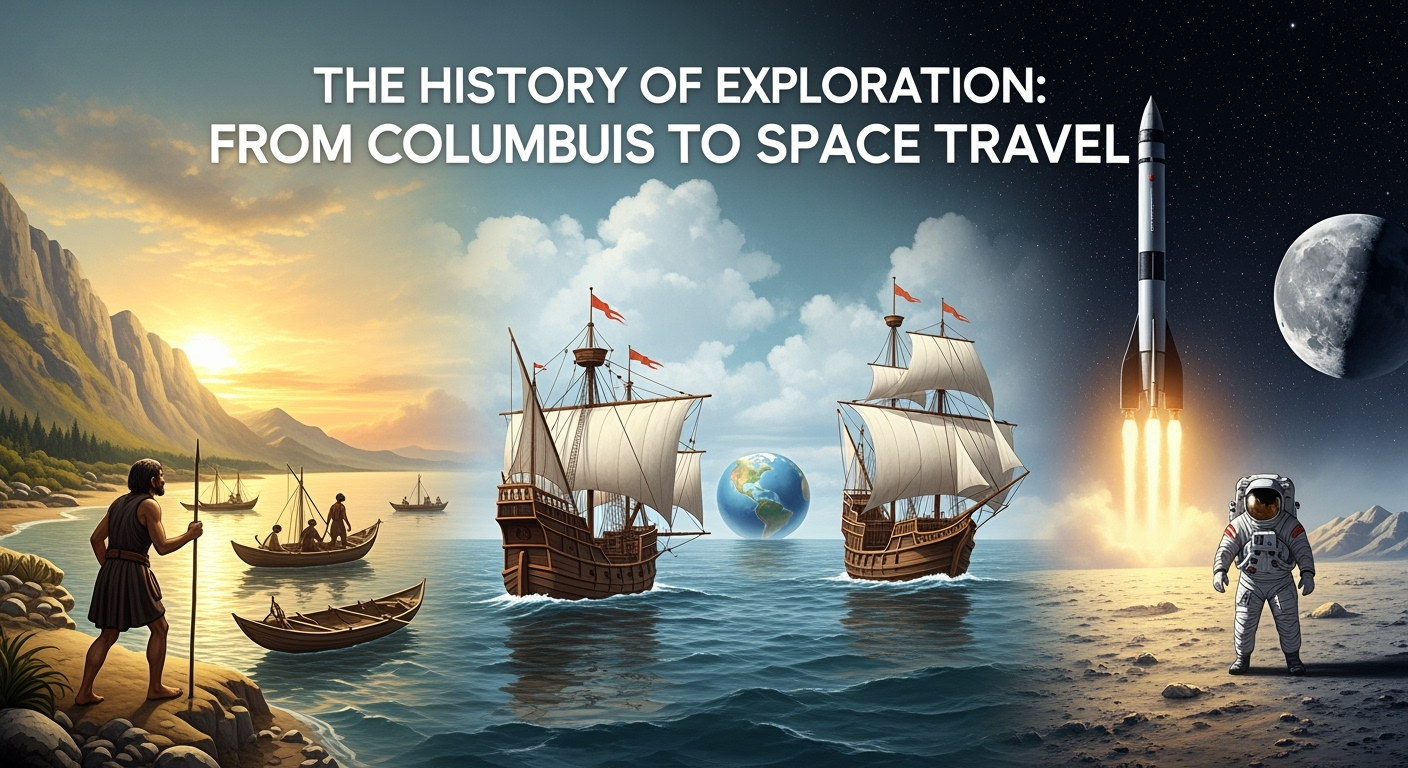
Columbus and the Age of Discovery
The late 15th century marked a turning point. European kingdoms, driven by the search for wealth, trade routes, and influence, began sending ships on daring voyages. In 1492, Christopher Columbus set sail westward under the Spanish crown, seeking a new route to Asia. Instead, he reached the Caribbean. Though he believed he had found islands near Asia, his voyage opened the door to European colonization of the Americas.
Other explorers quickly followed. Vasco da Gama sailed around the Cape of Good Hope to reach India, securing Portugal’s place in the spice trade. Ferdinand Magellan’s expedition circumnavigated the globe, proving that the oceans were interconnected and that the Earth was round. These voyages brought Europe immense wealth and global influence but also unleashed conquest, slavery, and disease that devastated indigenous peoples.
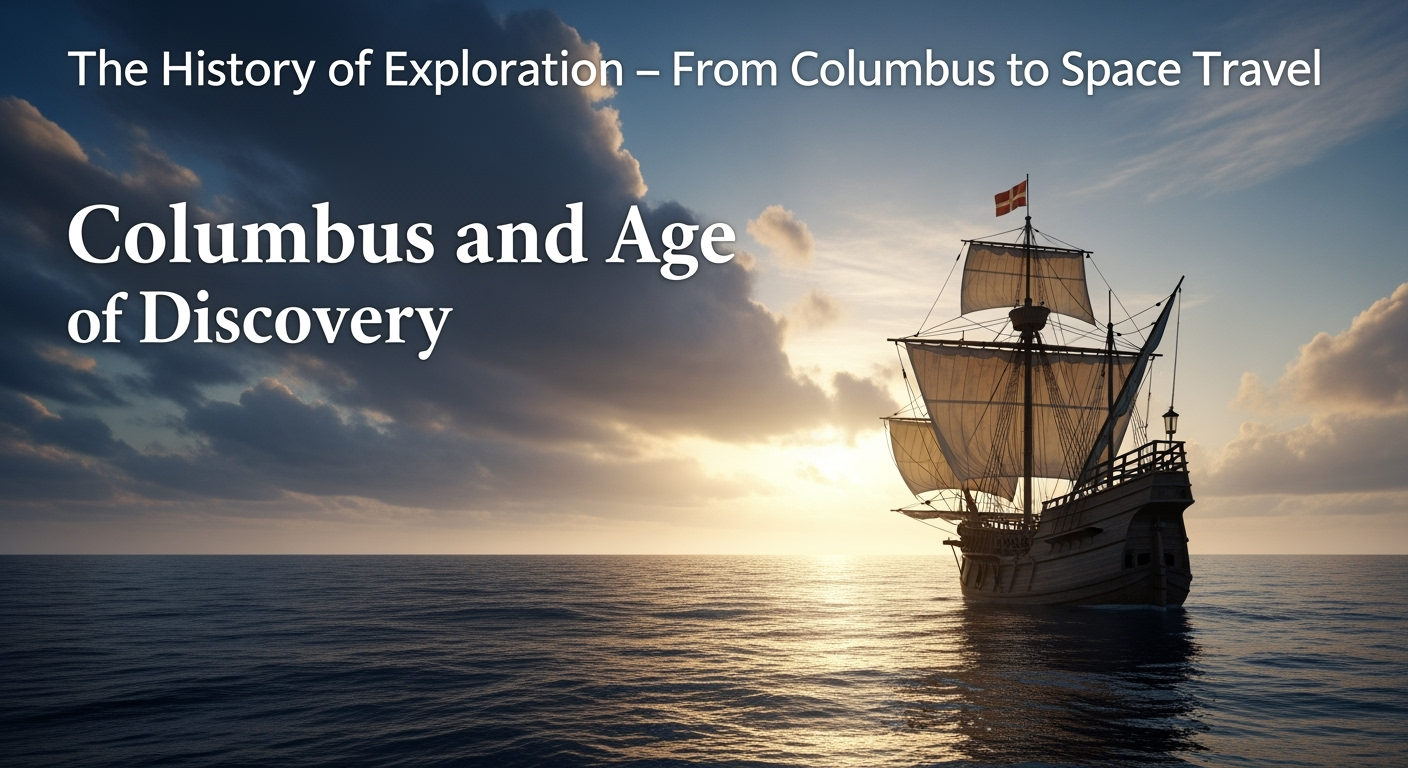
Mapping a New World
Exploration in the 16th and 17th centuries expanded Europe’s horizons further. Spanish conquistadors marched across the Americas, claiming vast empires. French explorers pushed into Canada, seeking fur and trade. The English established colonies along the Atlantic coast, and the Dutch built a global trading empire.
Advances in navigation and cartography made such expansion possible. Instruments like the astrolabe and improved compasses allowed sailors to cross oceans with greater accuracy. Maps became more precise as coastlines, rivers, and mountain ranges were recorded. The once-mysterious edges of the known world slowly filled in, though often through conquest as much as curiosity.
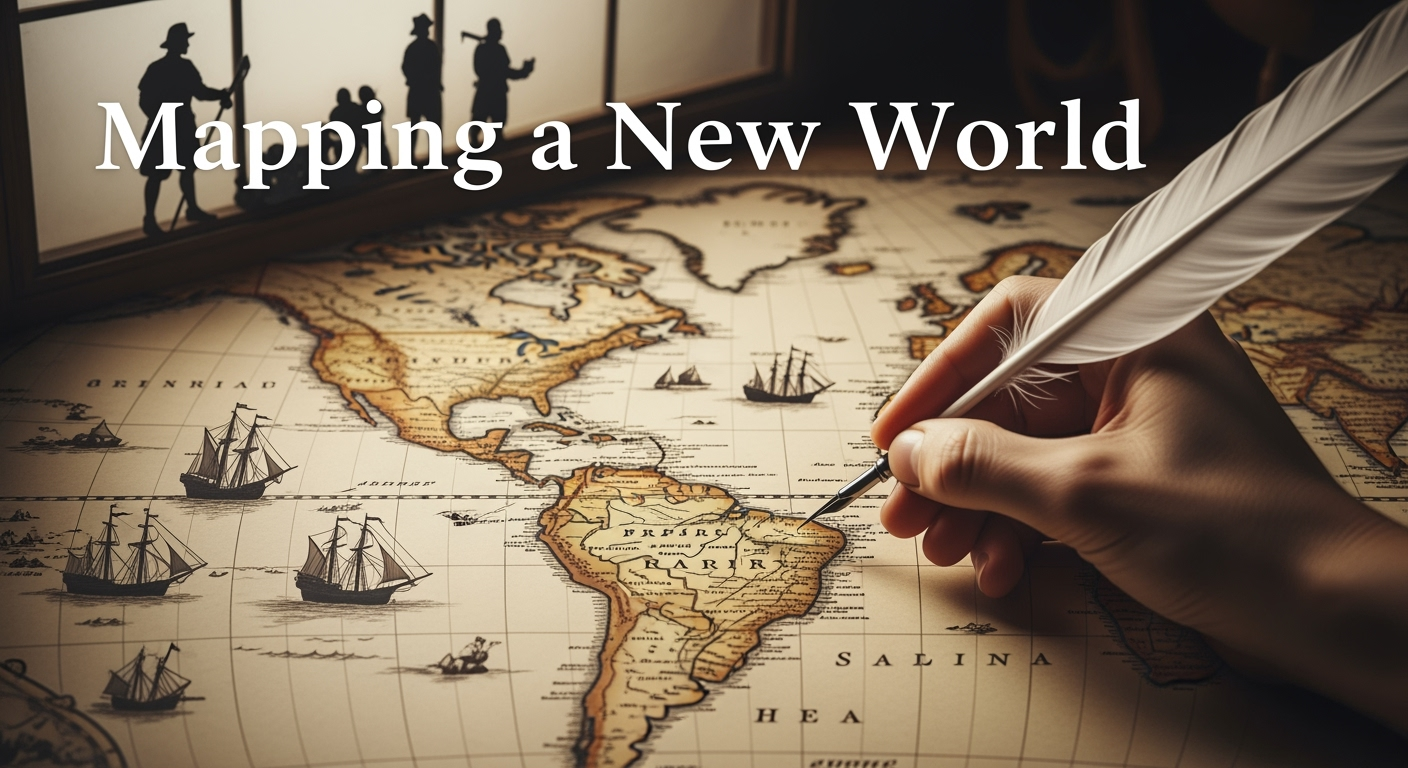
Science and Exploration
The Enlightenment era added a new dimension to exploration: science. Voyages were no longer undertaken solely for empire or trade but also to gather knowledge. Naturalists, botanists, and geologists traveled alongside sailors and soldiers.
Charles Darwin’s journey aboard the HMS Beagle in the 1830s produced observations that laid the groundwork for the theory of evolution. Alexander von Humboldt’s travels across South America inspired generations of scientists with his studies of plants, animals, and geography.
Scientific expeditions also mapped the oceans and mountains, collected data on weather and climate, and catalogued new species. Exploration became an instrument of understanding as well as expansion, adding intellectual purpose to adventure.
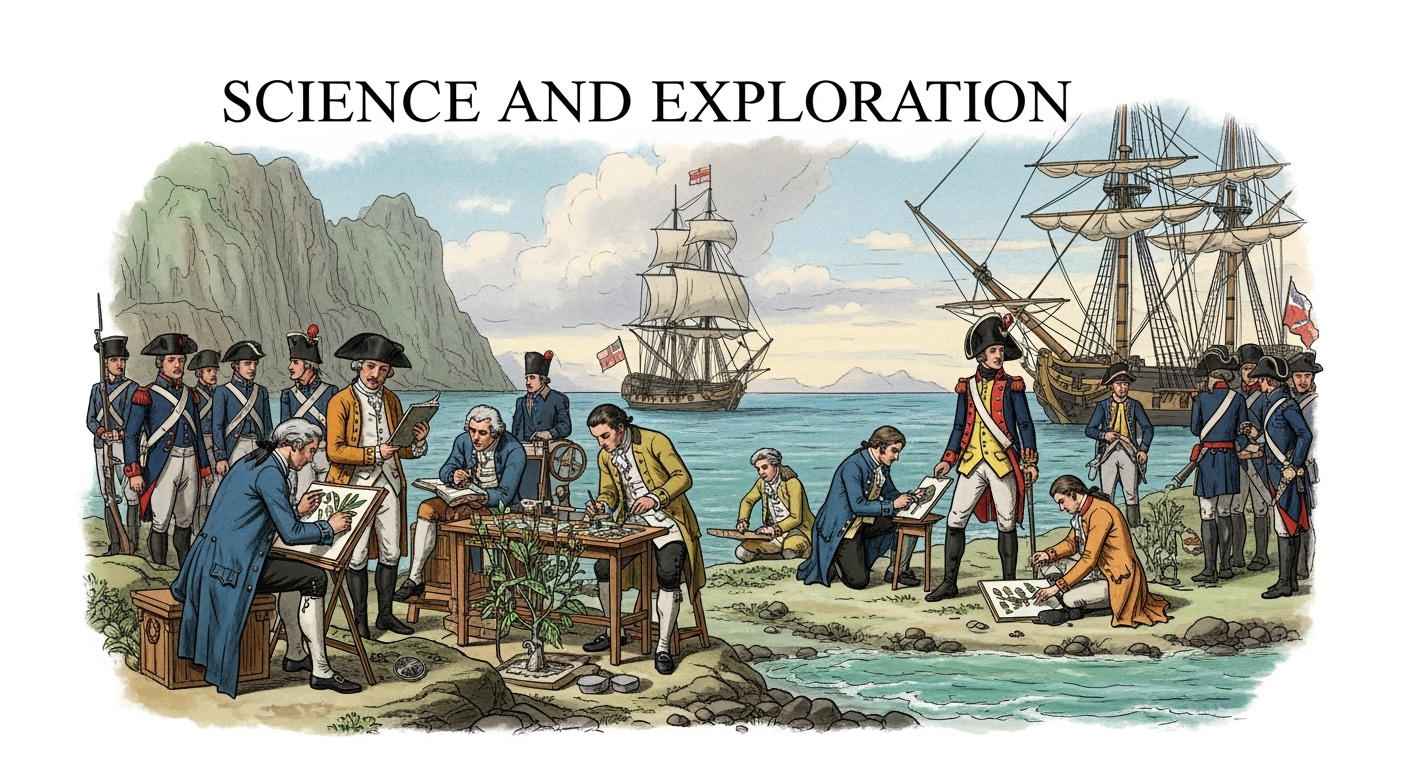
The Race to the Poles
By the 19th century, much of the globe had been mapped, but Earth’s extremes remained mysterious. The polar regions became the new frontiers. Explorers like Sir John Franklin searched for the Northwest Passage through the Arctic, often with tragic results. In the Antarctic, Ernest Shackleton, Robert Falcon Scott, and Roald Amundsen vied to be first to the South Pole.
Amundsen reached the pole in 1911, while Scott’s expedition perished on the return journey. Shackleton’s endurance in keeping his stranded crew alive after their ship was crushed by ice in 1915 became one of exploration’s greatest survival stories. These quests tested human limits against some of the harshest conditions on Earth, driven by both national pride and a deep fascination with the unknown.
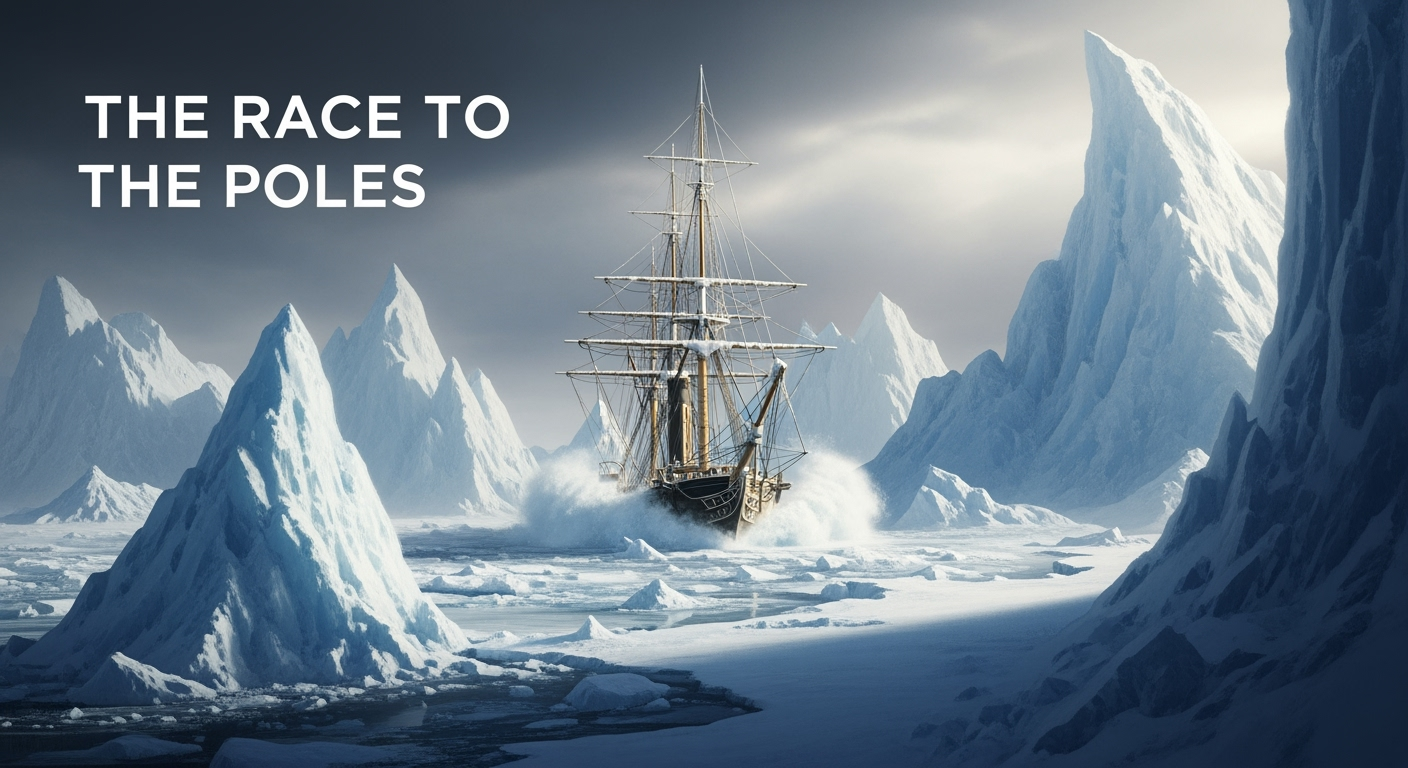
Exploration of the American West
In the United States, exploration took the form of expansion across the continent. After the Louisiana Purchase in 1803, President Thomas Jefferson commissioned the Lewis and Clark expedition to map the new territory. Their journey westward documented rivers, landscapes, and dozens of Native American tribes.
Later explorers, settlers, and fortune seekers pushed into the Great Plains, Rocky Mountains, and Pacific Coast. The idea of Manifest Destiny fueled this drive, though it came at enormous cost to indigenous peoples who were displaced, confined, or destroyed by conflict. The exploration of the American West revealed opportunities for growth but also highlighted the darker side of expansion.
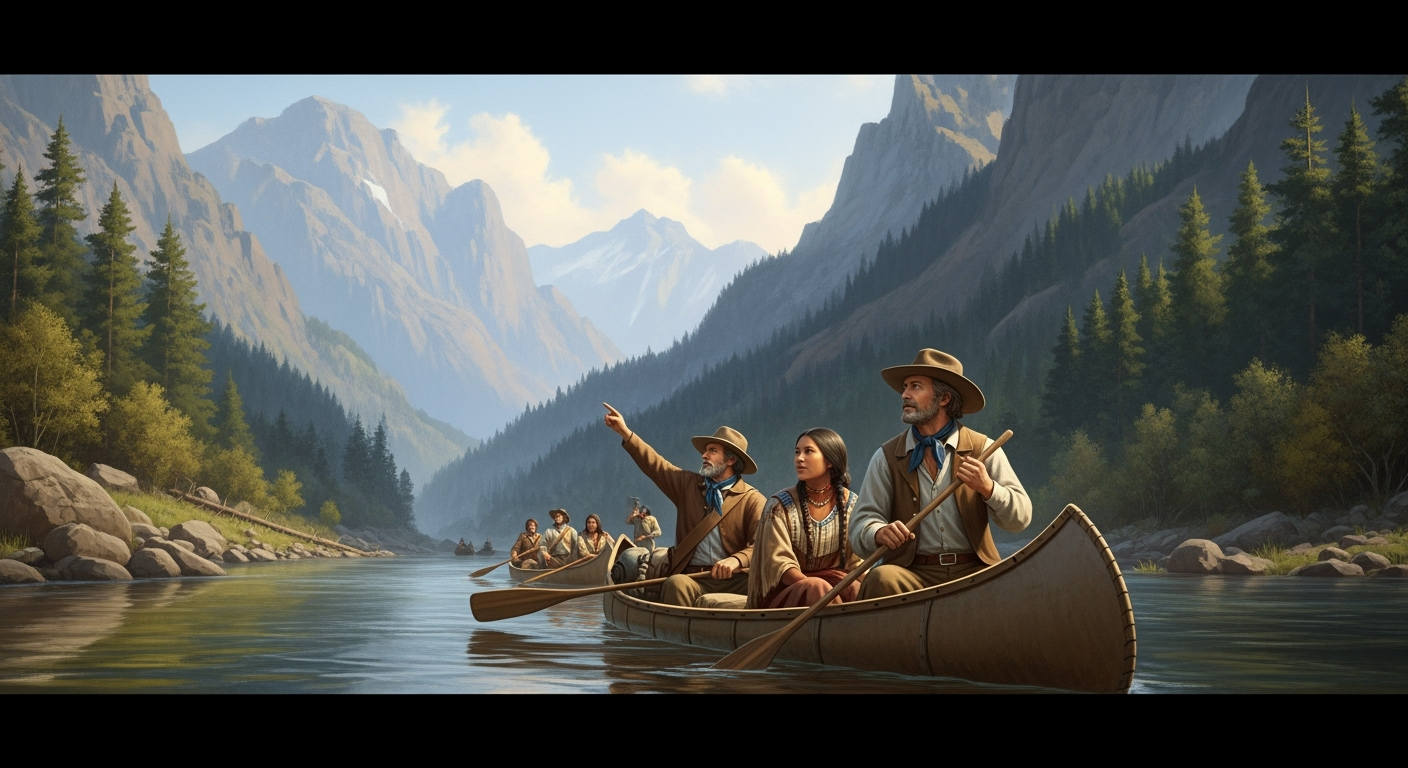
Taking Flight
By the early 20th century, the oceans and continents had been crossed, but the skies offered new horizons. In 1903, the Wright brothers achieved the first powered flight, launching humanity into the age of aviation. Within decades, aircraft flew across continents and oceans, shrinking the world even further.
Flight also opened possibilities for exploration of remote areas. Pilots like Richard Byrd used airplanes to survey polar regions, while daring aviators such as Charles Lindbergh and Amelia Earhart captured the imagination of the public with their long-distance flights. The ability to soar above the Earth redefined exploration, making journeys faster and revealing new perspectives on the planet.
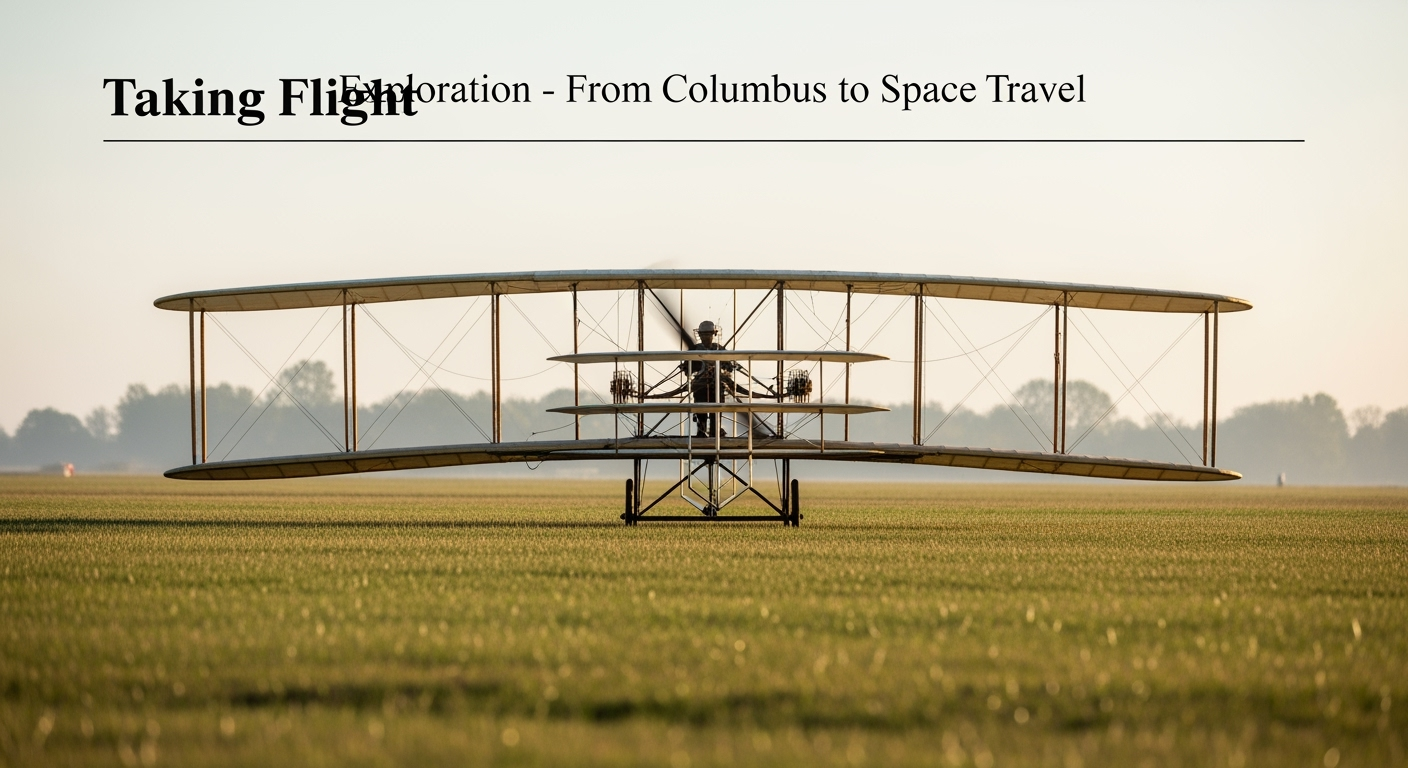
The Space Race
The next frontier lay beyond Earth itself. In the mid-20th century, Cold War rivalry between the United States and the Soviet Union pushed exploration into space. The launch of Sputnik in 1957 made the Soviet Union the first to place a satellite in orbit. In 1961, Yuri Gagarin became the first human in space.
The United States responded with the Apollo program. In 1969, Neil Armstrong and Buzz Aldrin walked on the moon, planting a flag and declaring a “giant leap for mankind.” The moon landings marked one of humanity’s most extraordinary achievements, proving that exploration had leapt from oceans and mountains to entire new worlds.
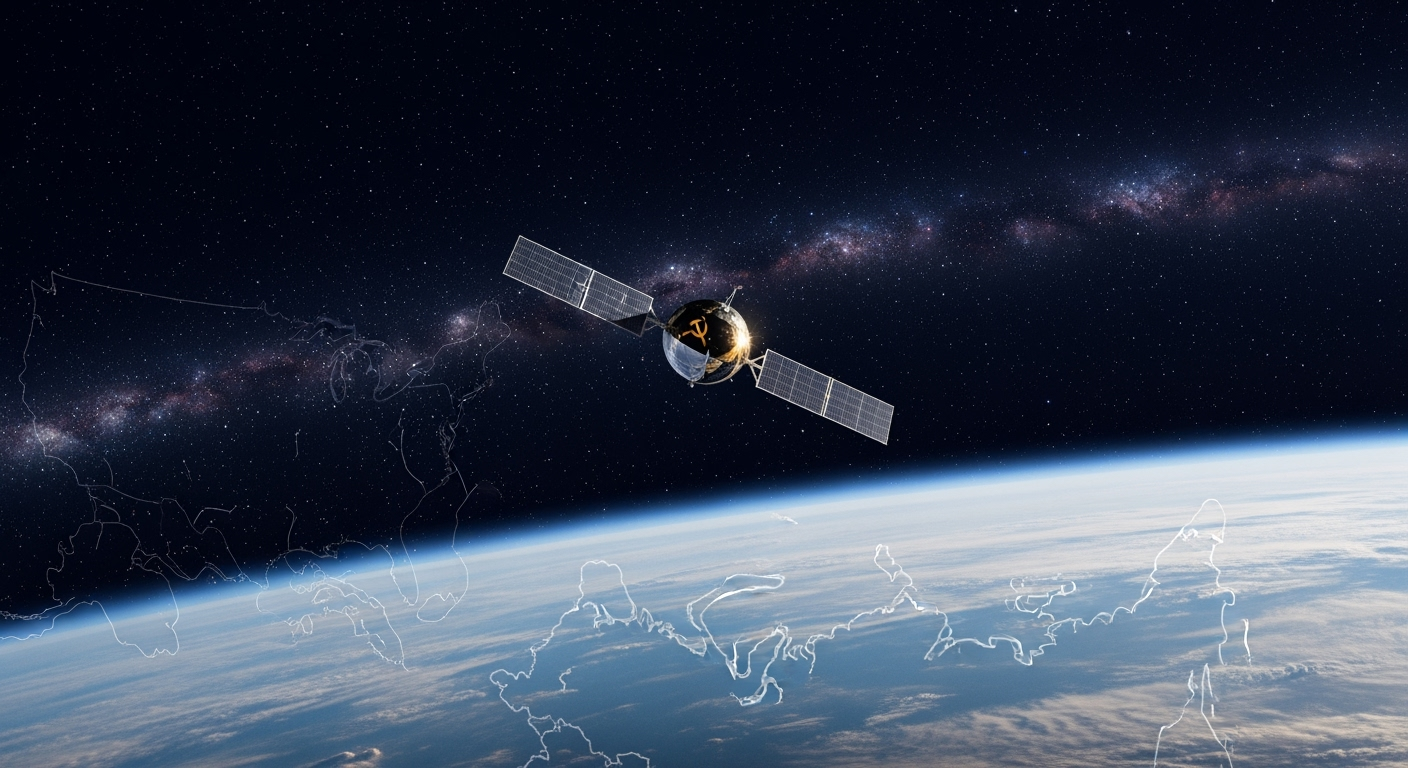
Beyond Earth
After the Apollo program, exploration expanded in new directions. Robotic probes journeyed to Mars, Venus, and the outer planets. The Voyager spacecraft, launched in 1977, now travels in interstellar space, carrying messages from Earth to any who might find them.
Space stations, beginning with the Soviet Mir and continuing with the International Space Station, created laboratories in orbit where astronauts from many nations live and work. Scientific missions, such as the Hubble Space Telescope, revealed distant galaxies and deepened understanding of the universe.
Today, the dream of exploration continues with plans for human missions to Mars, lunar bases, and private companies building spacecraft that might carry ordinary people into orbit. The frontier of exploration has expanded far beyond what early sailors ever imagined.
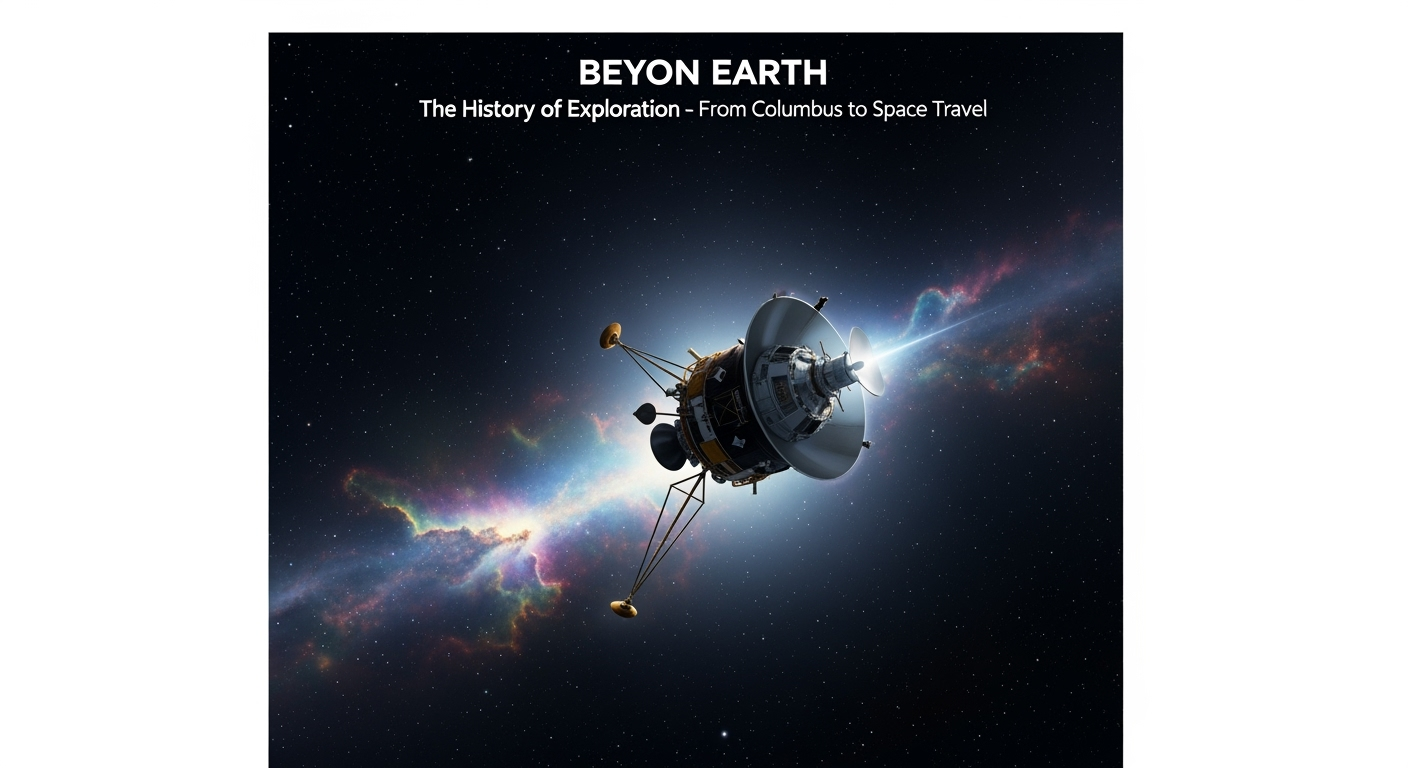
The Legacy of Exploration
Exploration has always been a double-edged sword. It has led to extraordinary discoveries, technological advances, and cultural exchange. It has also fueled conquest, colonization, and exploitation. The voyages of Columbus and the colonization of the Americas, for example, opened connections between continents but devastated indigenous populations.
Still, the human drive to explore persists. Each new frontier, whether the Arctic, the skies, or outer space, has challenged people to innovate and endure. Exploration continues to shape identity, economy, and imagination, reminding us that curiosity is as much a part of humanity as survival.
As humanity looks toward Mars and even more distant horizons, the legacy of past explorers serves as both inspiration and warning. Exploration has always come with costs, but it has also driven progress and understanding. The horizon is never still, and people will always chase it. That is the enduring spirit of exploration, stretching from the wooden decks of sailing ships to the silence of space.
